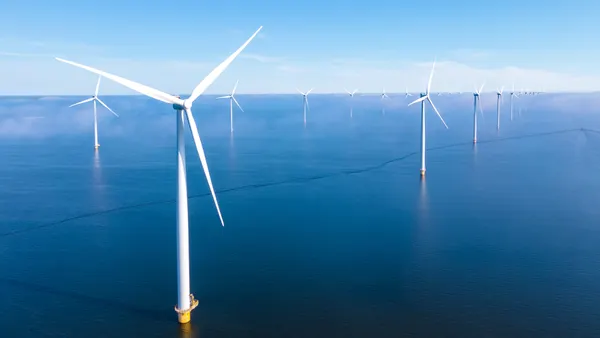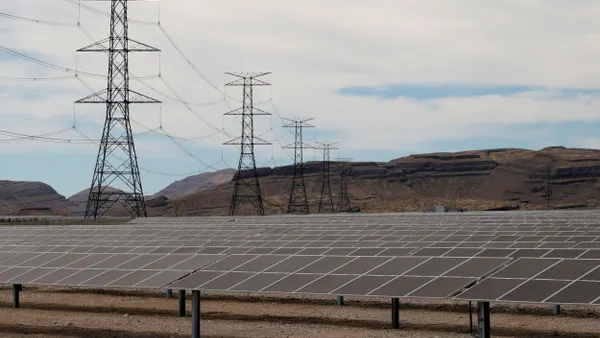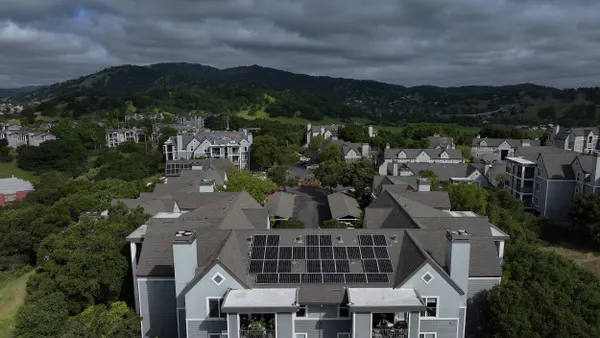Dive Brief:
- Portland General Electric wants to add an average 150 MW of renewables by 2023 along with energy efficiency and 4 MW energy storage.
- The utility on July 19 filed its 2019 Integrated Resource Plan (IRP) with the Oregon Public Utility Commission, noting that it has approximately 350 MW of capacity contracts that expire in the mid-2020s and that it will also be shutting down the coal-fired Boardman plant next year.
- PGE is looking to issue a request for proposals in 2020, and says that wind resources may provide the lowest-cost energy compared to other resources, including natural gas. It also plans to increasingly turn to demand response in order to deliver reliable electricity for the next six years.
Dive Insight:
PGE told regulators it examined more than 40 different resource portfolios in developing its plan, determining that it could meet system needs and continue reducing greenhouse gas emissions without the addition of any new gas-fired resources.
It has been three years since the utility proposed new gas resources in its 2016 IRP — a plan that was met with resistance, until the utility agreed to abandon the idea. Its new plan could result in bilateral contracts with existing generators, it said.
"In addition to meeting our near-term needs, this action plan will help us continue on the course to meeting our goal of reducing [greenhouse gases] by more than 80% by 2050," the utility said in its IRP. "We estimate that the proposed renewable action would avoid approximately 16 million metric tons of GHGs between 2023 and 2050, and would represent 5% to 12% of the total additional clean and renewable resources that we need between now and 2050 to hit our goal."
Along with the new renewables and 157 MW of efficiency, PGE's plan calls for includes 141 MW of demand response during winter months and 211 MW during summer months.
To meet other resource needs, PGE said it plans to conduct a "staged process to secure capacity in the 2024 to 2025 timeframe." The utility said it will pursue cost-competitive agreements for existing capacity in the region and conduct a request for proposals (RFP) for non-emitting resources.
Though the analysis found wind would likely be cheaper than natural gas at that time, a high degree of cost uncertainty highlights "the importance of taking incremental actions to procure renewable resources, while preserving optionality with respect to technology, resource type, and location in competitive solicitations," PGE said in its plan.
"This is the first resource plan developed since we expanded our commitment to cut PGE greenhouse gas emissions," PGE President and CEO Maria Pope said in a statement. "It proposes measured steps we can take today to address climate change, while allowing flexibility for adjustments as technology and policies continue to evolve."
PGE said it expects PUC action on the plan in the first quarter of 2020. If the PUC acknowledges the plan, the utility said it will then conduct its RFP for new renewables, implement demand-side actions and seek opportunities for bilateral negotiations with existing generators in the region.
"If enough capacity cannot be acquired through bilateral negotiations, the company will consult with the [PUC] and potentially conduct a second RFP, which would be limited to non-emitting energy resources," the utility said.=
Correction: This article has been updated to clarify that PGE is looking to add an average of 150 MW renewables.














